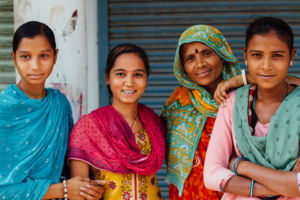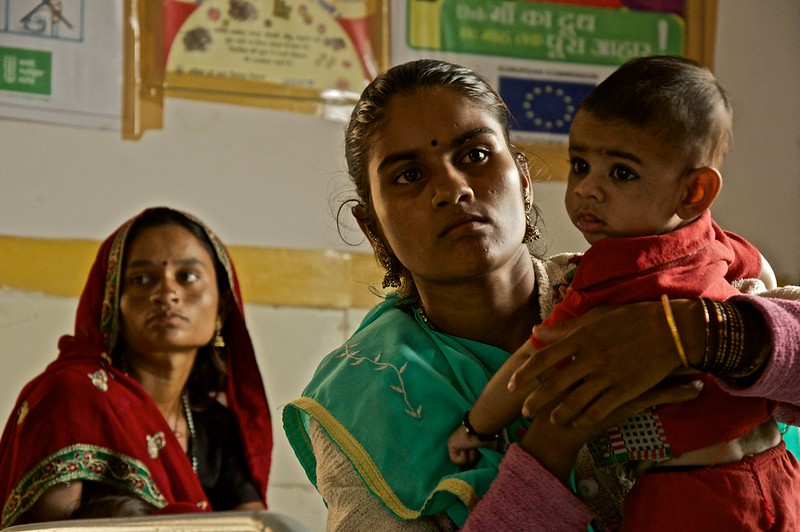 Norovirus, a highly contagious virus causing acute gastroenteritis, has seen a notable increase in India in recent years. This virus primarily affects the gastrointestinal system, leading to symptoms such as vomiting, diarrhea and stomach cramps. In December 2024, the Indian government reported more than 1,000 cases of diarrhea-related diseases, coinciding with a global rise in gastrointestinal illnesses. Poor sanitation of food and water sources has significantly contributed to the spread of norovirus in India.
Norovirus, a highly contagious virus causing acute gastroenteritis, has seen a notable increase in India in recent years. This virus primarily affects the gastrointestinal system, leading to symptoms such as vomiting, diarrhea and stomach cramps. In December 2024, the Indian government reported more than 1,000 cases of diarrhea-related diseases, coinciding with a global rise in gastrointestinal illnesses. Poor sanitation of food and water sources has significantly contributed to the spread of norovirus in India.
According to the Minnesota Department of Health, these symptoms can appear as early as 12 hours after exposure. Children under 5 and the elderly are particularly vulnerable. As pandemic-related restrictions have eased, increased person-to-person contact has led to higher transmission rates of various infectious diseases.
Norovirus Transmission and Prevention
Norovirus spreads through direct contact with an infected person, consuming contaminated food or water or touching contaminated surfaces and then touching the mouth. Unlike some other pathogens, norovirus is resistant to alcohol-based sanitizers. The Centers for Disease Control and Prevention (CDC) emphasize that proper handwashing with soap and water is more effective in preventing norovirus infection than using alcohol-based hand sanitizers.
Government Response: National Health Mission
In response to the rising burden of infectious diseases like norovirus, the Indian Ministry of Health and Family Welfare has launched initiatives to improve public health outcomes through the National Health Mission (NHM). The NHM outlines development strategies for improving sanitation, food and water safety and health infrastructure in both rural and urban areas. The mission uses a performance-based framework. States that meet health benchmarks receive increased funding, promoting both accountability and innovation. The 2018–2019 Health System Strengthening Conditionality Report details how these benchmarks are designed to reflect the diverse health needs of India’s states.
Guiding Indicators for Public Health Improvements
To monitor and encourage improvements in health outcomes, NITI Aayog, in collaboration with the Ministry of Health and Family Welfare and technical assistance from the World Bank, developed the State Health Index. This index assesses states and union territories based on health outcomes, governance and key inputs or processes. The index aims to nudge states toward transformative action in the health sector. The NHM uses various key indicators to evaluate state-level progress:
-
Incremental performance based on the NITI Aayog Health Index
-
Operationalization of health and wellness centers
-
Implementation of human resource information systems
-
Grading of district hospitals
-
Mental health service expansion
-
Screening of individuals aged 30 and older for noncommunicable diseases
-
Performance ratings of urban and rural primary health centers
These indicators aim to identify specific needs across states and tailor support accordingly. The goal is to encourage cooperation while allowing state governments to focus on the communities ’ most urgent health issues.
Looking Ahead
India’s public health efforts are being shaped by both long-term planning and immediate challenges. The recent increase in norovirus cases has highlighted existing gaps in sanitation and preventive care. Government-led initiatives such as the National Health Mission offer targeted approaches to address these ongoing issues while promoting systemic improvement. Continued implementation of state-specific strategies may help reduce disease incidence and improve health outcomes in vulnerable populations.
– Jonathan Joseph
Jonathan is based in Milwaukee, WI, USA and focuses on Good News and Global Health for The Borgen Project.
Photo: Flickr
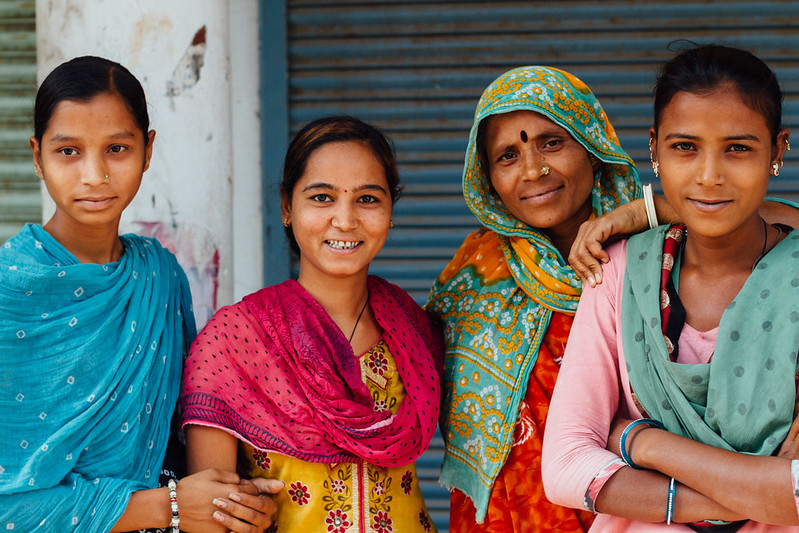 In India, approximately
In India, approximately
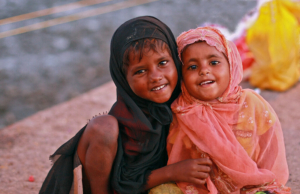

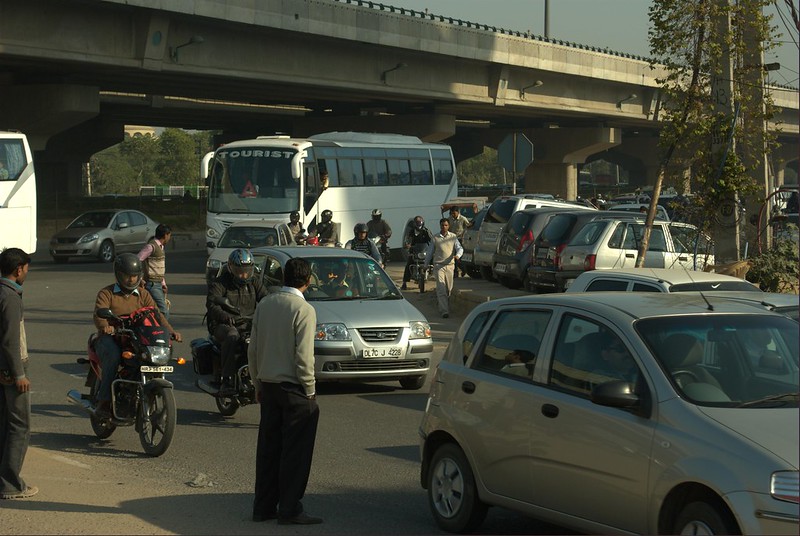 Electric vehicles are transforming transportation in India, offering a cost-effective and environmentally friendly alternative to traditional fuel-powered vehicles. With India ranking as
Electric vehicles are transforming transportation in India, offering a cost-effective and environmentally friendly alternative to traditional fuel-powered vehicles. With India ranking as 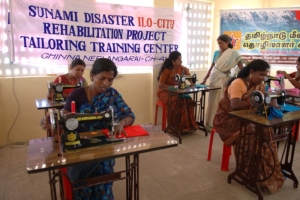
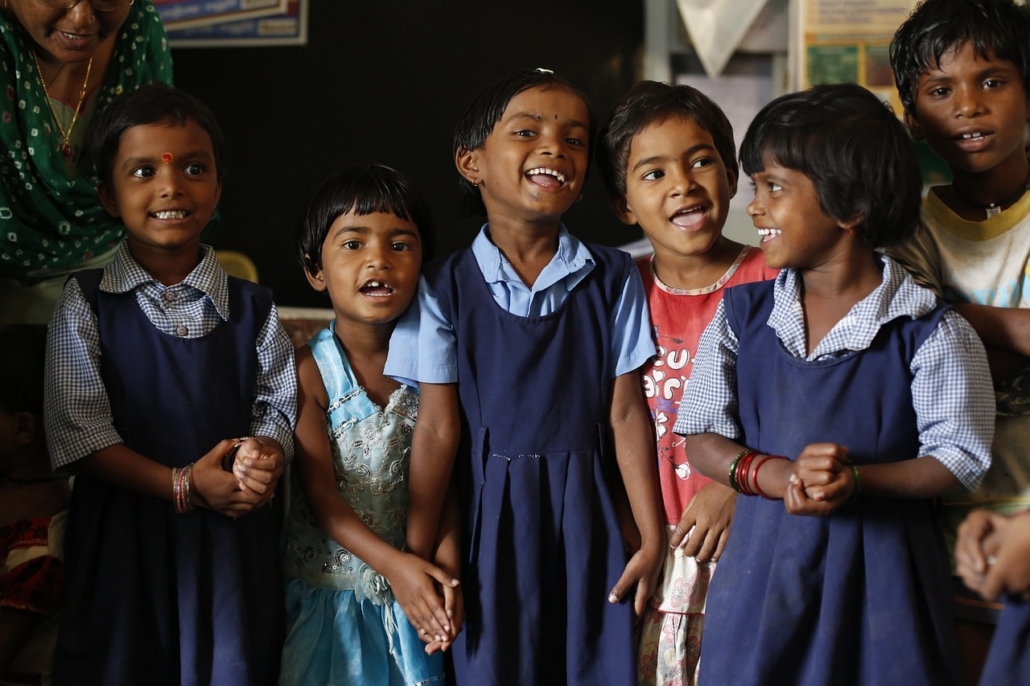
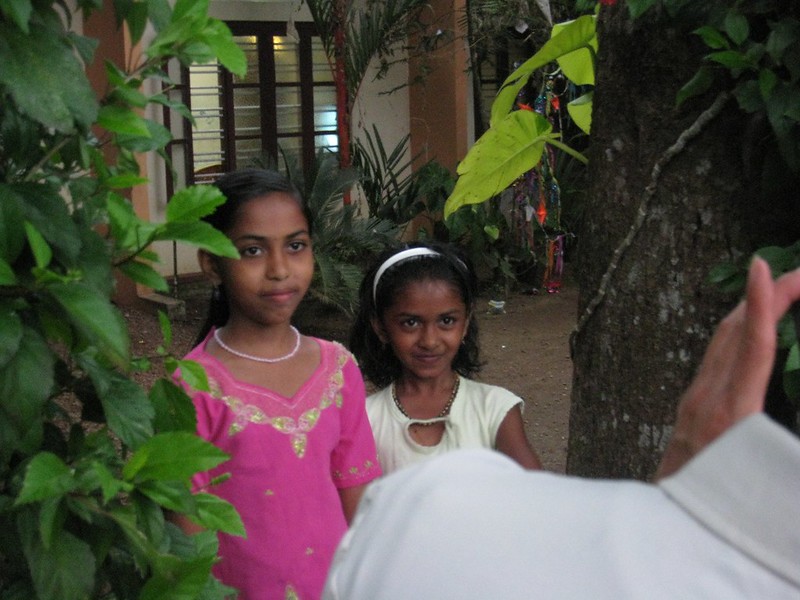 Kerala, situated in the linguistic-cultural region of South India, ranks as the ninth-largest economy in India, with an annual gross state
Kerala, situated in the linguistic-cultural region of South India, ranks as the ninth-largest economy in India, with an annual gross state 